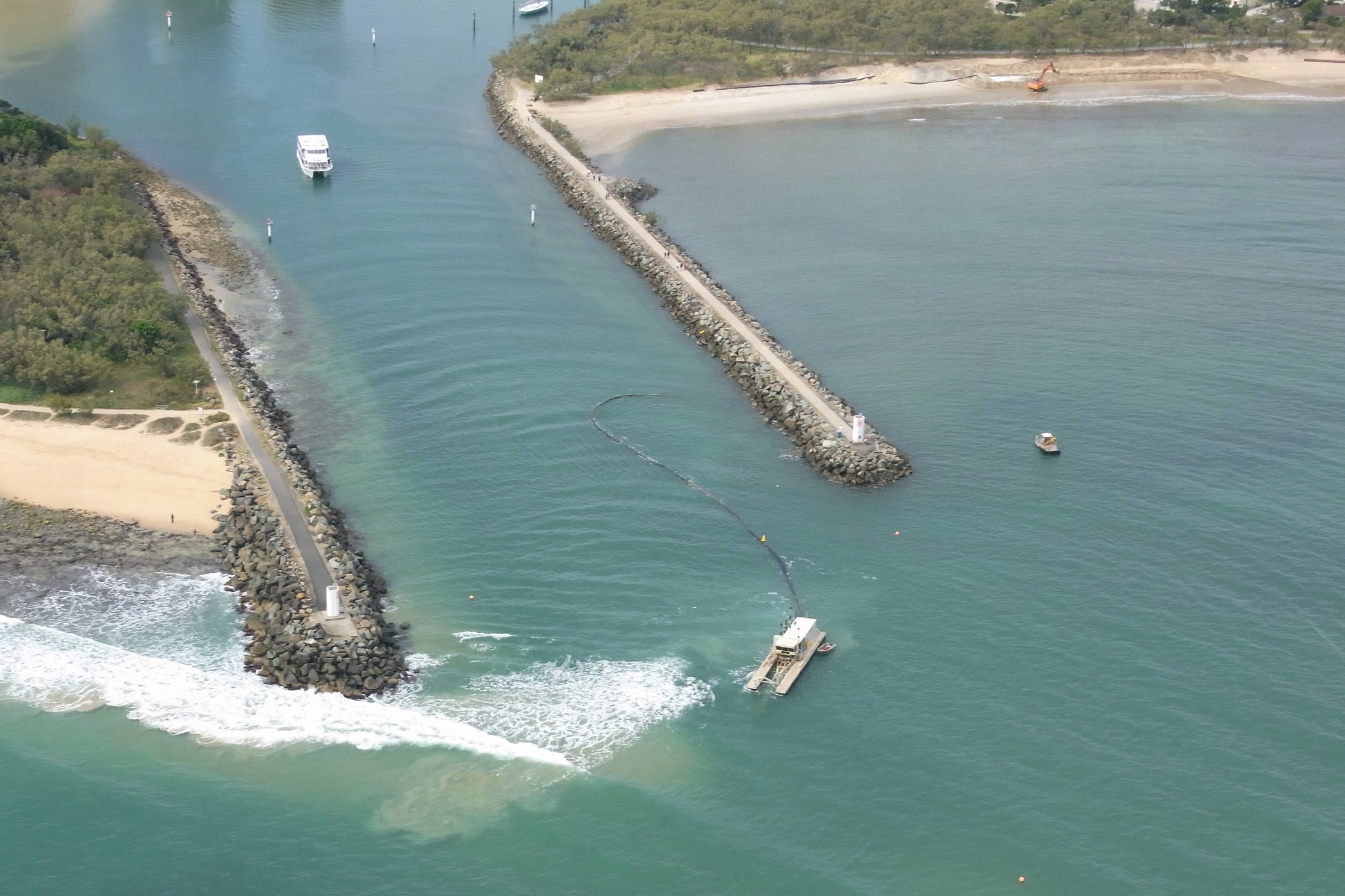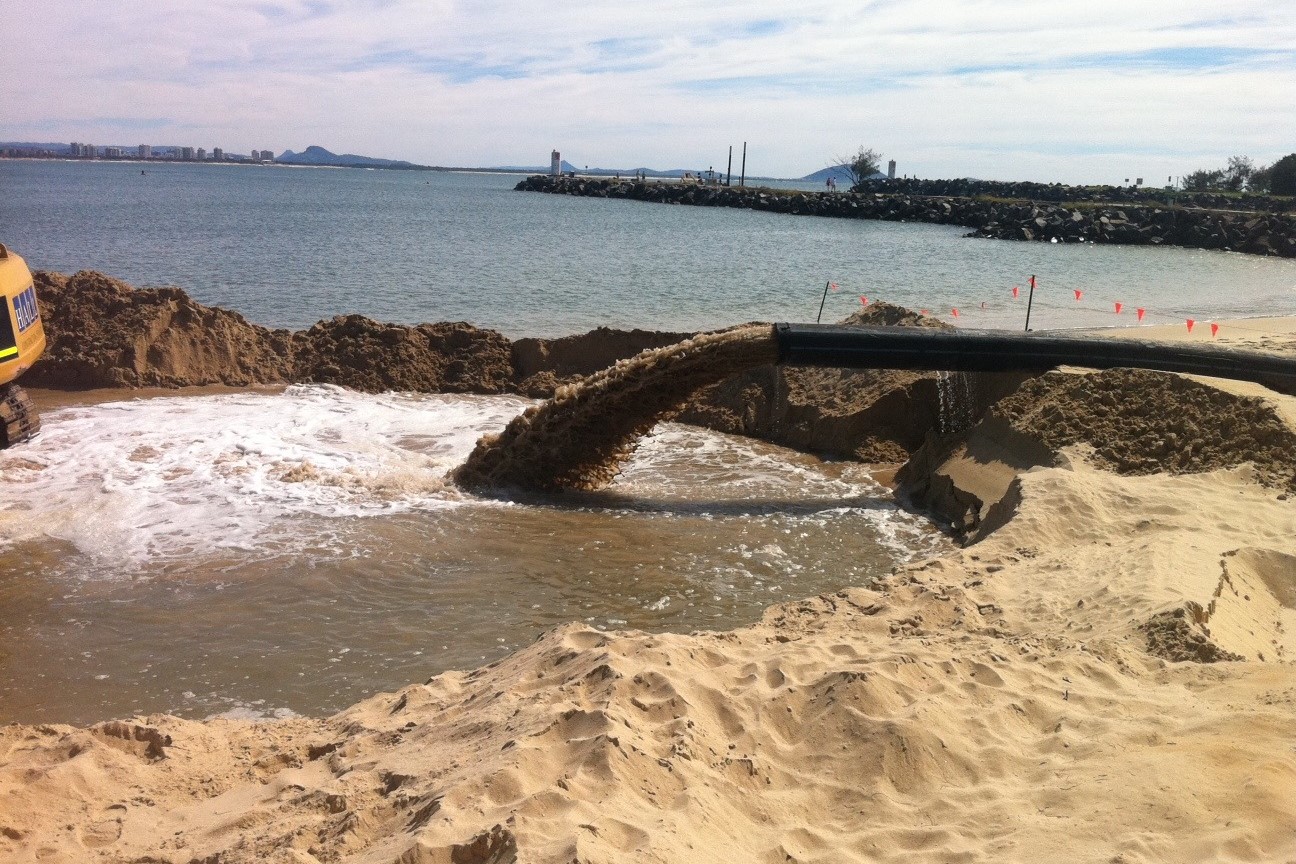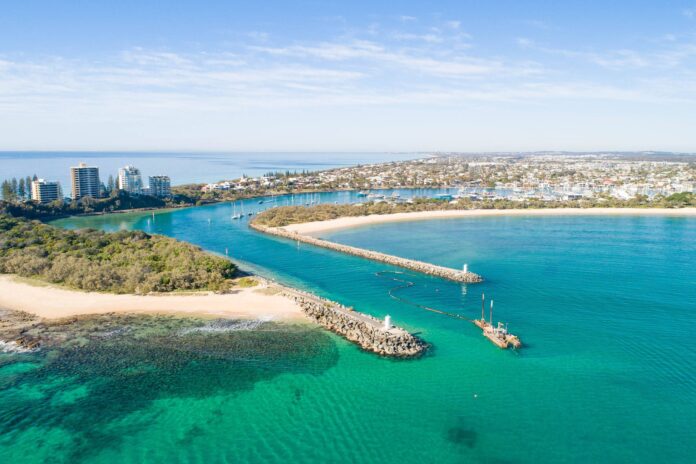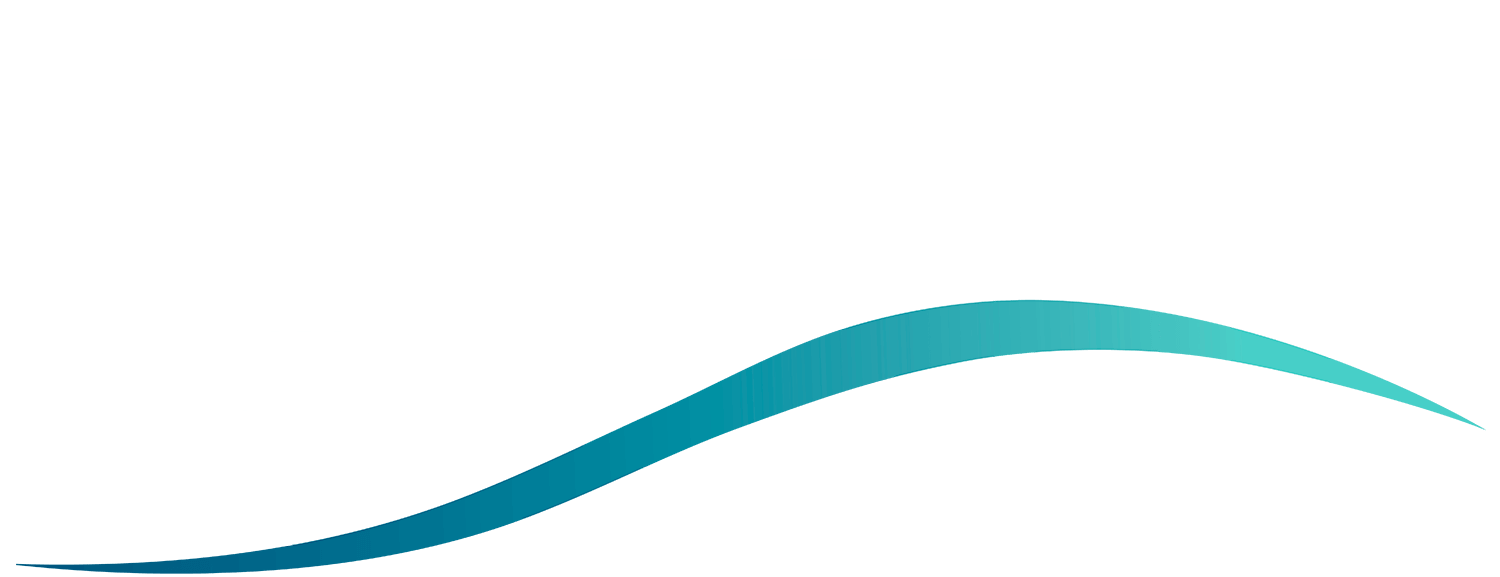The state’s waterways authority says it is doing what it can to address persistent shoaling at the entrance to the Sunshine Coast’s main harbour.
Maritime Safety Queensland said it was continuing to work on a long-term strategy to help safeguard the Mooloolah River mouth, which required dredging in March in the wake of ex-Tropical Cyclone Alfred.
The area has previously been labelled “dangerous” and “risky” for boaties.
An MSQ spokesperson said shoaling was a frequent problem there.
“Periodically, and particularly after heavy weather events, sand shoals migrate around Point Cartwright and into the Mooloolah River entrance channel, potentially impacting channel depths and vessel navigation,” they said.
“Once it accumulates, dredging is required to clear the passage. However, dredging operations are often constrained by wave conditions for the dredger to safely operate in.
Want more free local news? Follow Sunshine Coast News on Facebook, LinkedIn and Instagram, and sign up for our FREE daily news email.

“Shoaling has been an ongoing challenge at this location for many years.“The timing and severity of shoaling events varies due to natural sediment transport processes and weather conditions, particularly during periods of high wave activity.”
MSQ stated that it was committed to monitoring and managing shoaling at the channel entrance “to ensure safe navigation”.
The group has historically used wave data from the Mooloolaba Wave Buoy and a sediment transport model to predict shoaling events.
“When shoaling is detected, a hydrographic survey is conducted by MSQ and a local dredge contractor is mobilised to clear the channel,” the spokesperson said.
“While this approach is generally effective, severe weather events and adverse wave conditions can sometimes delay dredging.”
MSQ established a Stakeholder Reference Group (SRG) in 2022 to explore alternative management strategies.
Following consultation, the Western Channel Trial was introduced, creating a wider basin west of the main channel to provide an alternative navigable route when conditions limit dredging operations.
“This strategy has shown promising results during recent shoaling events, and in 2024 the SRG requested that the trial be extended,” the spokesperson said.

“MSQ is also working on enhanced monitoring of shoal movement, which may become part of the long-term management approach.
“We remain committed to working with stakeholders to refine and implement the most effective strategy for maintaining safe access to Mooloolaba’s waterways.”
Do you have an opinion to share? Submit a Letter to the Editor at Sunshine Coast News via news@sunshinecoastnews.com.au. You must include your name and suburb.
Sunshine Coast Council’s Shoreline Erosion Management Plan details how dredged sand from the area is relocated to Mooloolaba Beach, particularly along the spit.
“Historically, shoals in the river entrance were occasionally dredged and the sand was relocated to the west of the entrance,” it stated.
“This sand would eventually find its way onto the beaches to the north by natural processes.
“More recently, a 300mm sand-pumping pipeline has been constructed to renourish the (Mooloolaba) beach.
“The buried pipeline moves sand dredged from the river mouth and the bay to the shoreline.
“This system is expected to deliver up to 10,000 cubic metres of sand to Mooloolaba beaches annually.
“It should be noted that this is considered acceleration of natural processes.”





